
Hiroshi Teshigahara
출생 : 1927-01-28, Chiyoda, Tokyo, Japan
사망 : 2001-04-14
약력
Hiroshi Teshigahara (January 28, 1927 – April 14, 2001) was an avant-garde Japanese filmmaker.
He was born in Tokyo, son of Sofu Teshigahara, founder and grand master of the Sogetsu School of ikebana. He graduated in 1950 from the Tokyo National University of Fine Arts and Music and began working in documentary film. He directed his first feature film, Pitfall (1962), in collaboration with author Kōbō Abe and musician Tōru Takemitsu. The film won the NHK New Director's award, and throughout the 1960s, he continued to collaborate on films with Abe and Takemitsu while simultaneously pursuing his interest in ikebana and sculpture on a professional level.
In 1965, the Teshigahara/Abe film Woman in the Dunes (1964) was nominated for an Academy Award and won the Special Jury Prize at the Cannes Film Festival. In 1972, he worked with Japanese researcher and translator John Nathan to make the movie Summer Soldiers, a film set during the Vietnam War about American deserters living on the fringe of Japanese society.
From the mid-1970s onwards, he worked less frequently on feature films as he concentrated more on documentaries, exhibitions and the Sogetsu School and became grand master of the school in 1980.
In 1978, Teshigahara Hiroshi directed the final two episodes of the long running and popular Japanese television series Shin Zatouichi, starring Shintarō Katsu as the blind wandering Yakuza. During Akira Kurosawa's 5 year hiatus from filmmaking, he watched a lot of television and was particularly taken by the final episode of Shin Zatouichi - Episode: Journey of Dreams (1978). The influence of this particular episode included the initial casting of Shintaro Katsu in the lead roles in Kagemusha and the extended artistic dream sequences contributed to those seen in Kagemusha (1980).
On the first anniversary of his death, April 14, 2002, a DVD box set containing his best known work was released in Japan in commemoration.
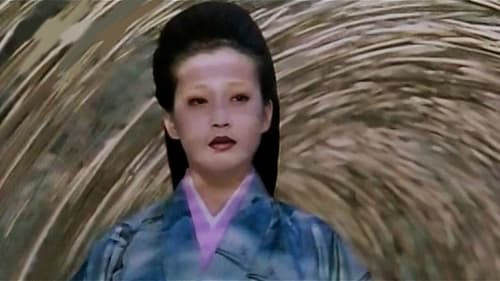
Writer
Furuta Oribe is ordered to become tea master under Toyotomi Hideyoshi after his teacher Sen no Rikyū, the former tea master, was ordered to commit suicide. Princess Goh, daughter of the lord but adopted by Hideyoshi, is outraged when Rikyū's severed head is thrown in the Nijo River. She sends Usu, Oribe's servant, to retrieve the head and deliver it to Rikyū's adopted daughter.

Director
Furuta Oribe is ordered to become tea master under Toyotomi Hideyoshi after his teacher Sen no Rikyū, the former tea master, was ordered to commit suicide. Princess Goh, daughter of the lord but adopted by Hideyoshi, is outraged when Rikyū's severed head is thrown in the Nijo River. She sends Usu, Oribe's servant, to retrieve the head and deliver it to Rikyū's adopted daughter.
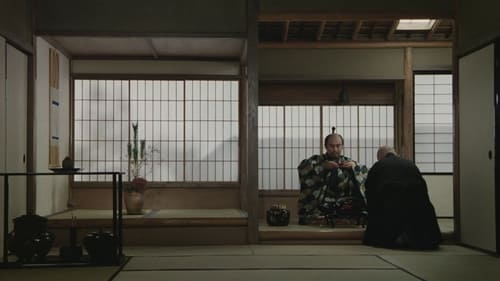
Writer
일본 다도의 완성자 센리큐의 일대기를 그린 영화

Director
일본 다도의 완성자 센리큐의 일대기를 그린 영화

Editor
2,000만 명. 해마다 스페인의 항구 도시 바르셀로나를 찾는 관광객 수다. 도시 인구 300만 명보다 훨씬 많은 관광객을 끌어들이는 요인은 안토니오 가우디(Antonio Gaudi). 1883년부터 짓기 시작해 124년이 넘도록 공사가 진행 중인 사그라다 파밀리아(Sagrada Família)에서 가로등까지 가우디가 설계한 작품이 즐비하다. 도시 전체가 '가우디의 건축 백화점'으로 불릴 정도다.

Executive Producer
2,000만 명. 해마다 스페인의 항구 도시 바르셀로나를 찾는 관광객 수다. 도시 인구 300만 명보다 훨씬 많은 관광객을 끌어들이는 요인은 안토니오 가우디(Antonio Gaudi). 1883년부터 짓기 시작해 124년이 넘도록 공사가 진행 중인 사그라다 파밀리아(Sagrada Família)에서 가로등까지 가우디가 설계한 작품이 즐비하다. 도시 전체가 '가우디의 건축 백화점'으로 불릴 정도다.

Director
2,000만 명. 해마다 스페인의 항구 도시 바르셀로나를 찾는 관광객 수다. 도시 인구 300만 명보다 훨씬 많은 관광객을 끌어들이는 요인은 안토니오 가우디(Antonio Gaudi). 1883년부터 짓기 시작해 124년이 넘도록 공사가 진행 중인 사그라다 파밀리아(Sagrada Família)에서 가로등까지 가우디가 설계한 작품이 즐비하다. 도시 전체가 '가우디의 건축 백화점'으로 불릴 정도다.

Director
Documentary about Jean Tinguely and his work.
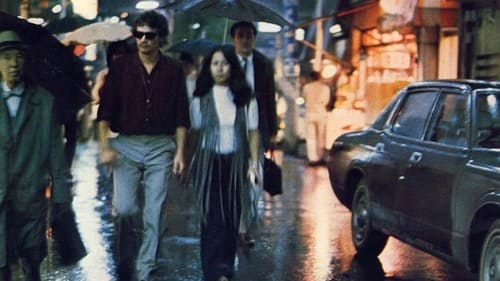
Director of Photography
The plight of U.S. Army deserters from Vietnam on the run in Japan, centering on the culture clash between the troubled Americans and the Japanese who try to help him.

Director
The plight of U.S. Army deserters from Vietnam on the run in Japan, centering on the culture clash between the troubled Americans and the Japanese who try to help him.

Director
A private detective is hired to find a missing man by his wife. While his search is unsuccessful, the detective's own life begins to resemble the man for whom he is searching.

Director
Auto-racing crews prepare for the Indy car race near Fuji in this Japanese documentary. Award-winning director Hiroshi Teshigahara compares the celebrated event with the enthusiasm of the youth of the time to the sport. Narration is provided by Shoichi Ozawa and compliments a well-crafted feature that will only appeal to die-hard auto-racing fans.

Director
신설 공장을 점검하던 중 실수로 얼굴에 큰 화상을 입은 오쿠야마는 얼굴을 잃게 되고, 아내와 동업자인 전무, 비서들과의 대인 관계도 잃었다고 생각한다. 얼굴을 완전히 바꾸어 자신의 아내를 유혹하기로 결심한 그는 정신과 의사를 찾아간다. 의사는 오쿠야마에게 모든 행동을 보고 한다는 조건으로 가면을 만들어 주는데...
이베 코보의 동명 소설을 1960년대 당시 새롭게 떠오르던 감독 테시가하라 히로시가 영화화한 작품. 얼굴에 큰 화상을 입고 얼굴을 잃은 후 모든 것을 잃었다고 생각하게 된 한 남자가 ‘타인의 얼굴’을 지니게 되면서 겪게 되는 심리적 변화와 그를 통해 ‘얼굴’이 상징하는 개인의 정체성에 관한 문제를 다룬 작품이다. 인간의 온갖 장기로 가득한 병원의 초현실적이면서 기이한 풍경, 얼굴을 스스로의 정체성이라 믿으며 그것을 주변 사람들과 부인에게 시험해보려는 남자의 욕망과 좌절 등 왜곡된 인긴 심리를 우울하고 어둡게 묘사했다. 일본 영화음악계의 거장 타케미츠 토오루의 음악 역시 영화의 어두운 분위기를 잘 살려내고 있다.

Director
This is the sequel to Jose Torres (1959), the portrayal of Puerto Rican boxer Jose Torres, who won a silver medal in the 1956 Melbourne Olympics. We follow Torres from his training in preparation to challenge world lightweight champion Willie Pastrano, to the match and Torres’ victory in 1965. The contrast between the nervous Torres before the match, filmed in painstaking detail, and the first round, filmed in one shot, is striking.

Director
A film in four episodes presenting teenage girls chosen as representative of their country and our time, in Italy, France, Japan and Canada. In spite of the stylistic peculiarities of the filmmakers, we find in each of them the same desire not to affirm anything, not to judge, but to quite simply show.
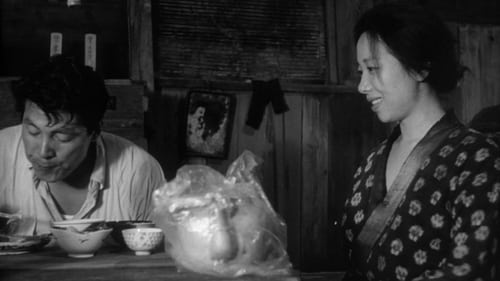
Director
곤충 연구가인 한 교사가 표본 수집을 하기 위해 모래 지대를 돌아다니다, 지역 주민의 소개로 어느 여인이 혼자 사는 집에서 묵게 된다. 다음날 이 집을 떠나려 하던 그는 땅위로 올라갈 사다리가 없어진 것으로 보고 놀란다.
1964년 칸 영화제 수상작으로 인간의 실존적 조건을 예리하게 묘사한 작품이다. 아베 고보의 소설을 영화화 하였다.

Writer
A day in the life of Ako, a 16 year old Japanese girl, and her friends and co-workers. An alarm clock wakes her in a dorm; she gets ready for work and travels to a large bakery. We see her with friends, chatting and laughing, as well as working. They go out, seven of them jammed in an old Pontiac: bowling, then to an amusement park, then driving around. Car trouble may put her at risk. Is she going to be okay?

Director
A day in the life of Ako, a 16 year old Japanese girl, and her friends and co-workers. An alarm clock wakes her in a dorm; she gets ready for work and travels to a large bakery. We see her with friends, chatting and laughing, as well as working. They go out, seven of them jammed in an old Pontiac: bowling, then to an amusement park, then driving around. Car trouble may put her at risk. Is she going to be okay?

Director
A short documentary by Hiroshi Teshigahara about his father, the sculptor Sofu Teshigahara, preparing an exhibition.
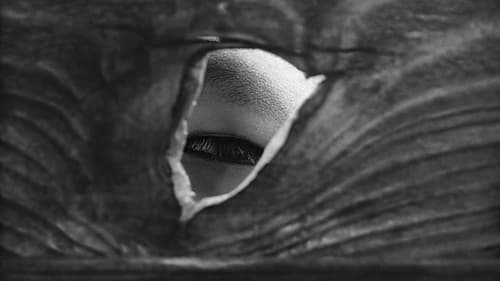
Director
A man wanders into a seemingly deserted town with his young son in search of work. But after a bit of bad luck, he joins the town's population of lost souls.

Director of Photography
A documentary about the eponymous Puerto Rican boxer

Director
A documentary about the eponymous Puerto Rican boxer

Director
In 1959 Hiroshi Teshigahara shot the following 16 mm footage of he and his father’s first trip to Barcelona and the outlying Catalonian countryside, including a visit to the home of Salvador Dali in Port Lligat. The footage was recorded without sound.

Editor
Eight filmmakers collaborate with Teshigahara to create a "frantic, non-stop pop newsreel". Mixing cutout animation with color and black & white photography, this snapshot documents Tokyo in 1957-58, when it had eight and ½ million people and was the largest city in the world. Pollution, bridal fashion, rites, rituals, partying-- Nearly every angle of Tokyo life is compacted into a mere 24 minutes.

Producer
Eight filmmakers collaborate with Teshigahara to create a "frantic, non-stop pop newsreel". Mixing cutout animation with color and black & white photography, this snapshot documents Tokyo in 1957-58, when it had eight and ½ million people and was the largest city in the world. Pollution, bridal fashion, rites, rituals, partying-- Nearly every angle of Tokyo life is compacted into a mere 24 minutes.

Screenplay
Eight filmmakers collaborate with Teshigahara to create a "frantic, non-stop pop newsreel". Mixing cutout animation with color and black & white photography, this snapshot documents Tokyo in 1957-58, when it had eight and ½ million people and was the largest city in the world. Pollution, bridal fashion, rites, rituals, partying-- Nearly every angle of Tokyo life is compacted into a mere 24 minutes.

Director
Eight filmmakers collaborate with Teshigahara to create a "frantic, non-stop pop newsreel". Mixing cutout animation with color and black & white photography, this snapshot documents Tokyo in 1957-58, when it had eight and ½ million people and was the largest city in the world. Pollution, bridal fashion, rites, rituals, partying-- Nearly every angle of Tokyo life is compacted into a mere 24 minutes.
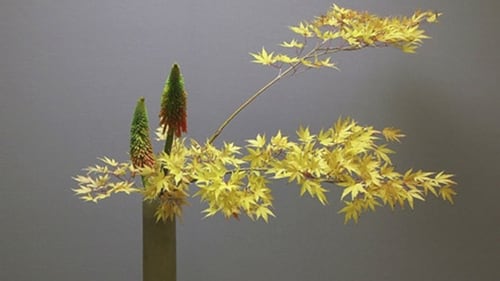
Director
The history and art of ikebana, a centuries old Japanese art of flower arrangement and a look inside the Sogetsu School of Ikebana, where the director's father Sofu Teshigahara worked as the grand master of the school.

Cinematography
On October 12, 1956, 53 surveyors and 1,300 armed police rushed the gathered union and Zen Gaku Ren (the All Japan Federation of Self-Governing Students Associations) members who then formed a scrum to protect themselves. 278 people from both sides were injured. On the 13th, at the protest’s peak, 5,000 workers and Zen Gaku Ren members had been mobilized when the police attacked the demonstrators’ picket lines. 844 protesters and 80 police were injured. Public opinion erupted against the the violence of the armed police and the government’s lack of a policy, and on the 14th, the radio suddenly announced that the government would stop its survey. Sunagawa overflowed with joy and excitement, and a victory demo was held. On the 15th, a National People’s Rally was held to celebrate the victory of Sunagawa’s fight against the base, and protesters who had sustained grave injuries came from the hospital to address the meeting.

Director

Associate Producer
A documentary about the life and art of wood-block artist Katsushika Hokusai.

Director
A documentary about the life and art of wood-block artist Katsushika Hokusai.










